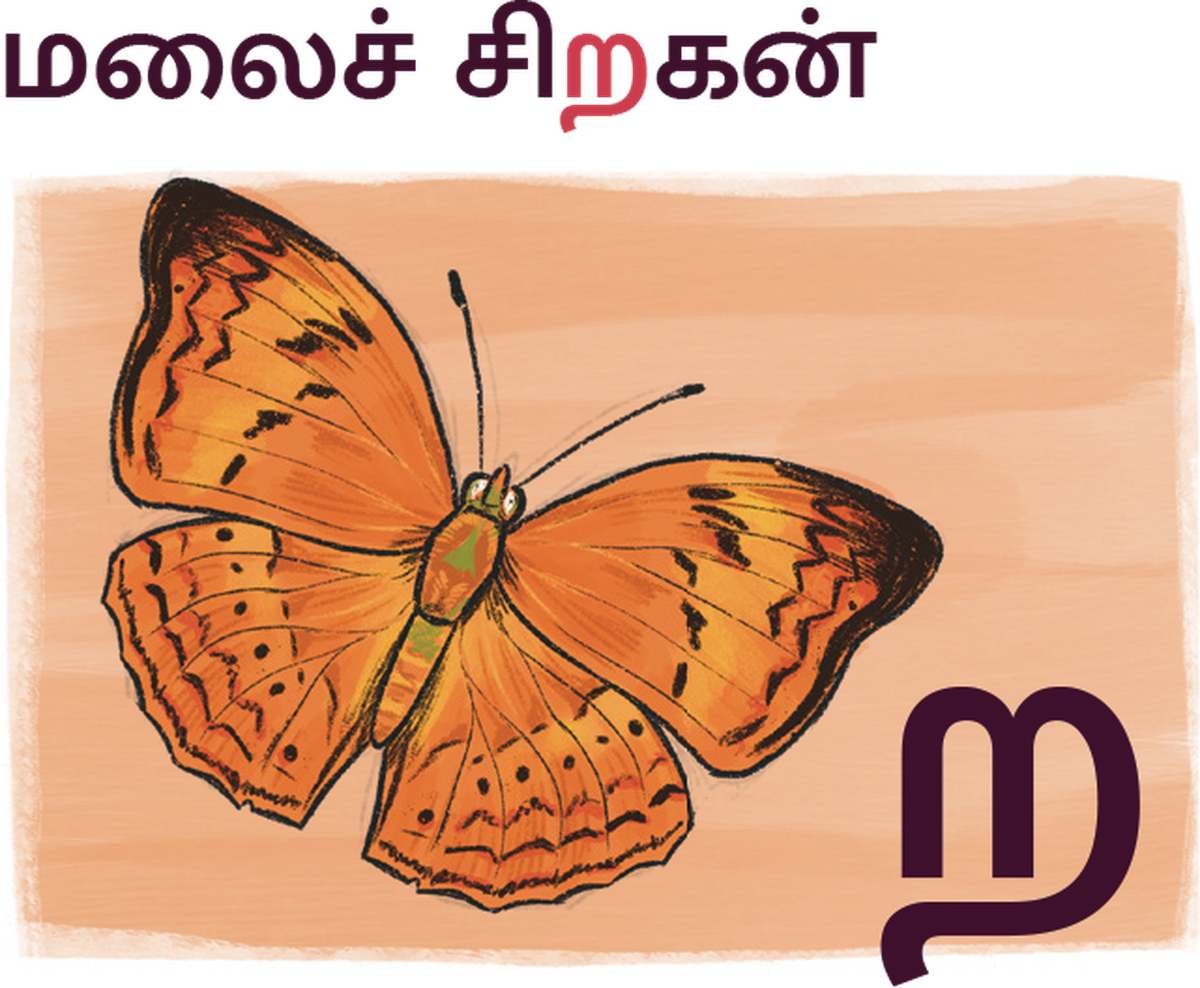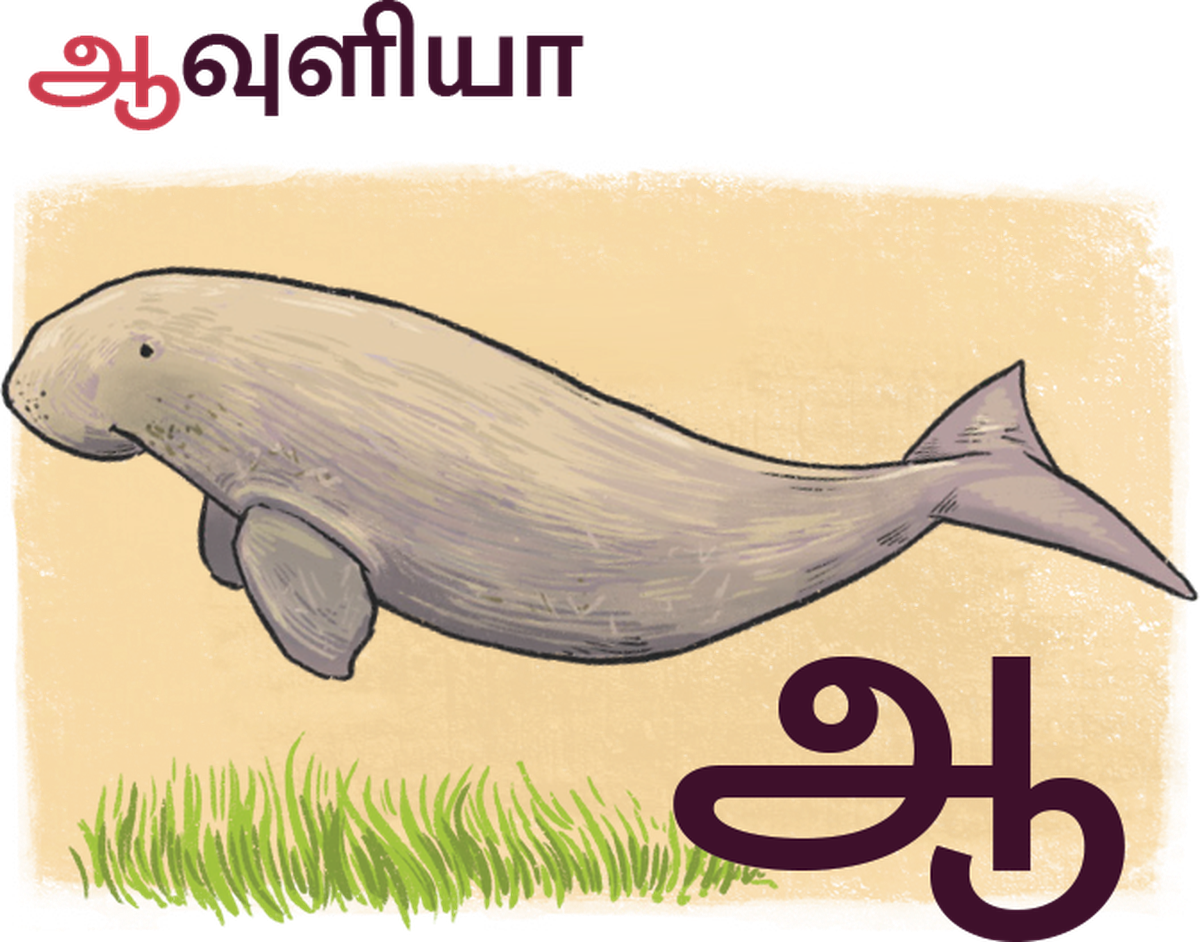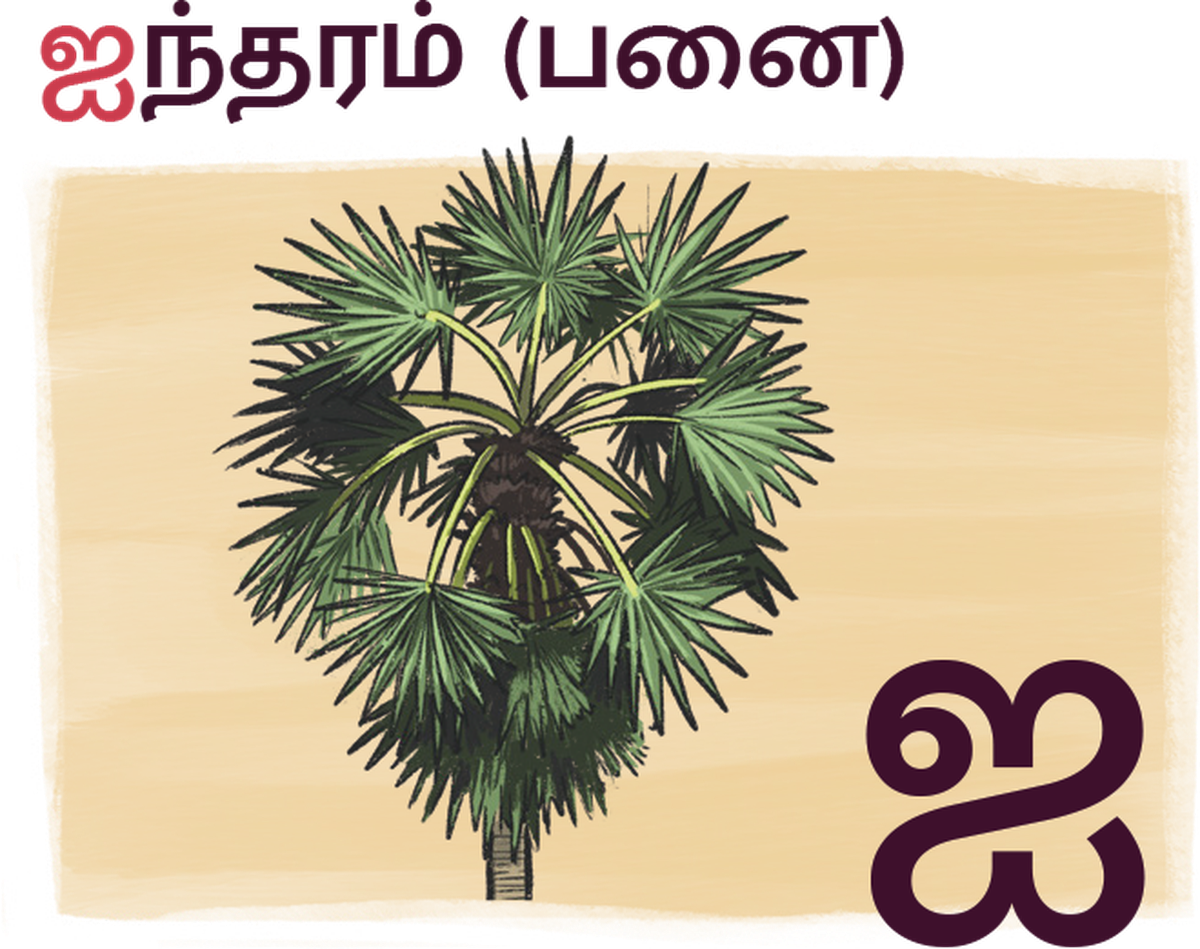“Have you noticed a noisy gang of birds in your backyard? The fiery babblers may look dull, but one can enjoy their raucous calls throughout the year. Or the red-whiskered bulbul that keeps chirping cheerfully all day long, looking for insects in your garden?” Asks P Jegannathan, wildlife biologist of Valparai-based Nature Conservation Foundation ( NCF), to school children. Their collective answer is “No” or “May be”.

“Step into any classroom for Nature talk, students can easily identify an ostrich, hippopotamus or a giraffe. Though some of the species are not indigenous to India, they know them because they have seen the images. What about our mynahs, crows and sparrows? These birds can be seen right next to our homes, but we hardly notice them,” says Jegannathan adding that some Tamil books misrepresent names of birds, for example budgerigars, the small, long-tailed parrots that are native to Australia are identified as pachai kiligal in Tamil. This set him thinking and he started collecting names of animals and plants in Tamil to make a chart or book with Tamil alphabets. “Our ₹10 currency note features images of elephants, tigers and rhinos, but do students know that it has to be rightly identified as the Asian one horned rhinoceros?” he asks.


Tamil Yeoman, the state butterfly of Tamil Nadu is called Malai Chiragan in Tamil
| Photo Credit:
Illustration by Karunya Baskar
While there are few animal alphabet books and charts in English (such as The Alphabet Book by Aparajita Datta, Vena Kapoor, Pavithra Sankaran for Lisu children in remote villages of eastern Arunachal Pradesh) and Learn About Some Common Birds of Indiathrough English Alphabet produced by Nature Classrooms and Early Bird, there are hardly any in regional languages.

“I wanted to see animals and plants from our regions in those charts. I was excited to learn that Nature Classrooms, an NCF initiative, was putting together nature alphabet charts in Kashmiri. They were also collaborating with other regional organisations and individuals to co-create more localised alphabet charts in different languages that represent local biodiversity, culture and nature,” he explains.
This idea led him to make a Tamil chart, beautifully illustrated by Karunya Baskar. “As Jegan Sir is a scholar in language and wildlife, he briefed me in detail, the descriptions of animals, reference images, and angles to draw them in. Our objective was to draw images that help children identify them in real life. Instead of going in for something cartoonish, we chose realistic, yet dynamic illustrations that will appeal to children,” says Karunya, adding that it was fun to learn about the anatomy of different animals.

Aauliya is the Tamil name for Dugong
| Photo Credit:
Illustration by Karunya Baskar
“Each animal has a unique anatomy, and getting that accurate was a challenge. I have also tried to give the animals the form of the letters they are associated with, a shape or a curve that will bring to mind the word immediately. Knowledge about our natural environment is considered secondary today in mainstream education. We are surrounded by these creatures and small steps like this, finding creative ways to teach kids about nature, can build strong connections with nature,” says Karunya.
While the Tamil Nature Alphabet project was Jegan’s idea, who believes that children’s first encounters with language should also connect them with the land and life around them, Nature Classrooms took the idea forward by finding an illustrator and shaped the vision into this beautiful tool. “The alphabet chart uses Tamil letters to introduce elements of nature that children can actually see and experience in their surroundings,” says Aditi Rao adding that they have seen very young children light up in recognition, point out the bird or tree near their home that matches the chart, and share stories they know. This recognition creates curiosity, and lays the foundation for a deeper understanding and connection as they grow.

Palm tree is called Aintharam in Tamil
| Photo Credit:
Illustration by Karunya Baskar
Aditi, who if the manager of Education, Outreach and Communications of Nature Classrooms, says the project brought many new learnings. “We have created flashcards of the alphabet chart, where each card has the illustration on one side and the related ecological information on the other. We’ve made a short video version too, with the same visuals and Tamil pronunciation audio. It is currently in its final stages and will be released soon.”
The chart features commonly found flora and fauna in Tamil Nadu with their Tamil names. The main objective, he says, is to introduce the biodiversity of Tamil Nadu through the Tamil alphabets for children, teachers and nature educators. It covers organisms representing different landscapes like kurunji, mullai, neydhaland paalai of Tamil Nadu.
For example, people living in the Western Ghats may not be familiar with Tamil name ongil for dolphins. “I didn’t want to make it taxa heavy but ensured that there is equal representation. For instance dungeon, sea shell, sardine are from marine ecosystems; Indrella snail, Strobilanthes are from the forests, and the wasp, spider, skink are from the plains and our urban settings. We have picked lesser known organisms such as the stingray, butterflies, dragonflies and damselflies. We have also covered most of the taxa such as fungi, plants, invertebrates, reptiles, birds and mammals.”
The project also turned the spotlight on quintessential Tamil words that almost became extinct because of nil usage like gnamali (dog), alangu (Indian Pangolin) to name a few. “Though we can use examples like anil for Tamil alphabet aa, we chose aauliya (Tamil name for Dugong) to bring the word back in use. Once you stop using these words, it goes out of sight, out of mind,” says Jegannathan, adding, “Tamil words are unique and have been there for ages. For example, kuruvi (for birds) was in use thousands of years ago. We should keep on using it. It’s our responsibility to do that. I feel happy to have played a part in redeeming these lesser known words.”
The chart is available for free to download at www.natureclassrooms.org/nature-alphabets-in-tamil
Published – September 02, 2025 06:22 pm IST

